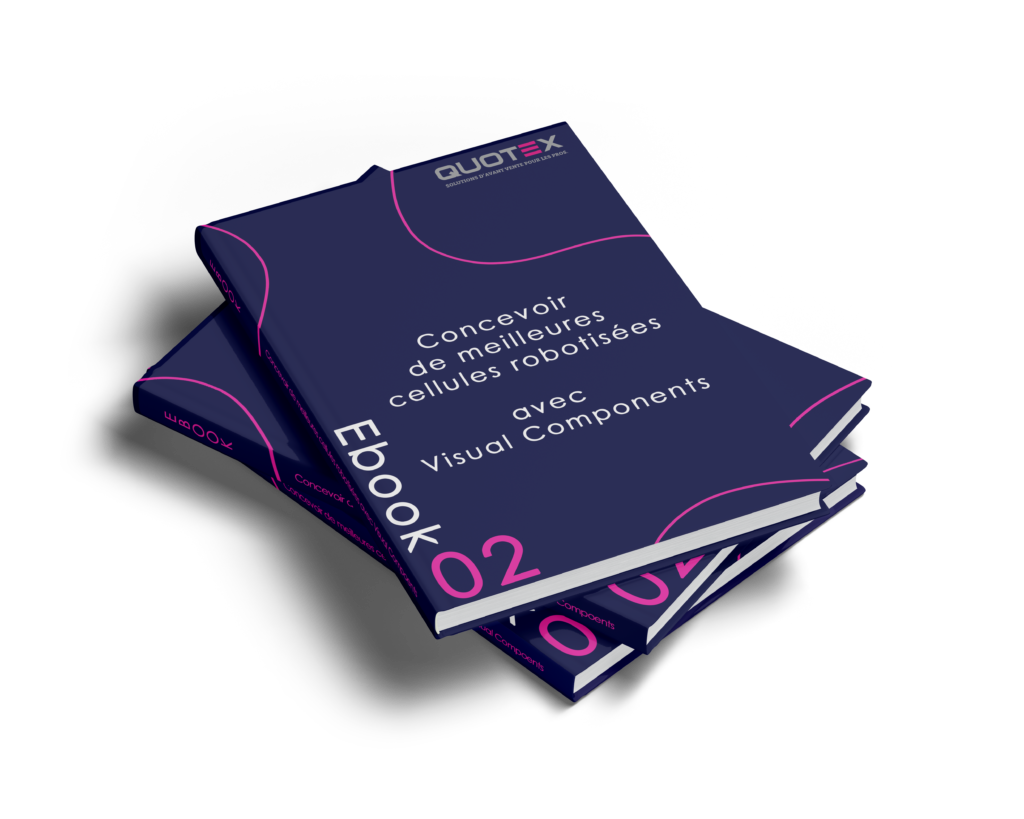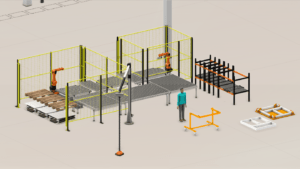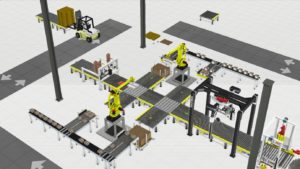In this article, we will give you a brief introduction to offline robot programming and how you can use Visual Components software to streamline PHL.
Key benefits:
- The open architecture of Visual Components 4.0 makes it a highly customizable and powerful platform for developing PHL solutions
- API and curve learning tool simplify and accelerate robot path teaching
- Fast, simple and cost-effective solution for programming robots and planning new work cells
Offline robot programming software: an opportunity for businesses
Offline programming (PHL) software has come a long way over the years. What was once considered too expensive and complex technology for most manufacturers is now more advanced, more affordable and much easier to use .
PHL software delivers significant ROI for many types of automation projects , saving time, improving productivity, and helping manufacturers identify cost reduction opportunities .
In this article, we'll give you a brief introduction to bot programming and how you can use Visual Components to streamline OLP . We'll discuss some of the key features that make this possible and show you an example of how they work.
Overview of Offline Robot Programming
Robot programming is the process of programming a robot to perform a set of tasks. For industrial robots , programming can be done "online", i.e. in a production environment, or "offline", i.e. outside a production environment . Two of the key methods for programming robots are robot teaching and offline programming.
In the teaching method, a Programming Terminal is used to manually move a robot to different positions and orientations at each stage of the robot's task. The relevant robot configurations are recorded by the robot controller, and a robot program is written to command the robot to move through the recorded postures . (1)
The PHL method uses 3D data to create a virtual model of the robot and work cell. Through simulation, it allows the user to virtually teach the robot .
Because PHL is a computational approach that uses digital models and advanced simulation, it is much faster and more accurate than online programming for many applications .
Some software products used for PHL, like Visual Components, have features that also make the PHL process very simple .
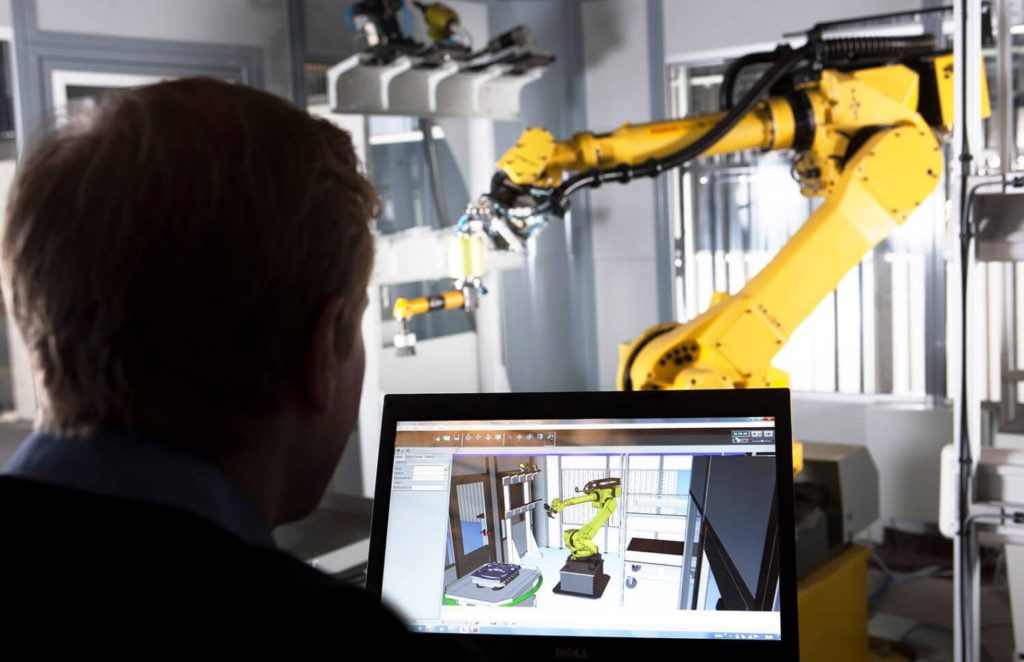
PHL software delivers significant ROI for many types of automation projects, saving time, improving productivity and helping manufacturers identify cost reduction opportunities.
Teaching the robot with Visual Components
With Visual Components Premium , you can create programs that define the actions and routines to be performed by an industrial robot .
This can be done by virtually teaching the robot positions or by using the Curves Learning tool to generate trajectories . You will likely use a combination of these methods to develop your robot program.
Learning curves
A new feature we introduced in Visual Components 4.0 is the Learn Curves tool , which greatly simplifies teaching robot path . In this section, we'll introduce you to the Curves Learning tool and how you can use it to teach a robot a path of positions.
A “Path” statement in Visual Components describes a sequence of positions that a robot must follow to complete a given path . Depending on the application, such as deburring, sealing or arc welding, a robot program may have dozens or even hundreds of positions to define . As you can imagine, creating a robot program for one of these applications can be time-consuming, especially if you have to teach all the positions.
The Curve Learning tool simplifies this by automating the process of learning the robot's trajectory . It analyzes object geometries, makes trajectory predictions, and suggests robot trajectories. It then automatically generates the instructions in the code of your robot program .
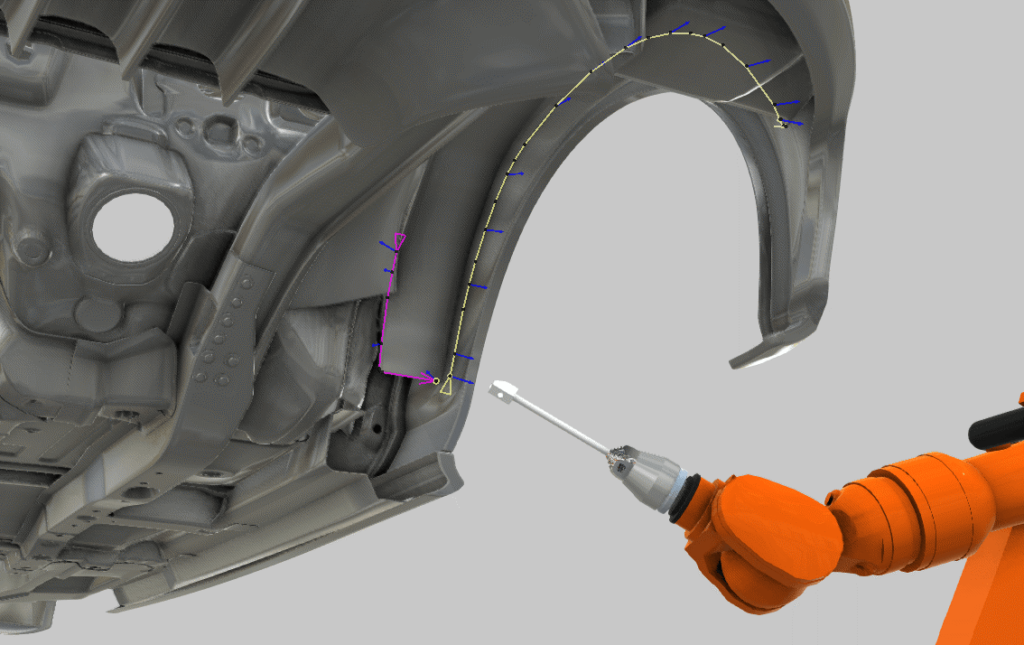
Virtual topology
The key is virtual topology , which is a kind of feature recognition in Visual Components 4.0.
When a CAD model is imported into Visual Components, our 3D geometry engine analyzes the model and provides structured data of the geometry's surfaces, curves, and curve loops . The curve learning tool uses this data to make its trajectory predictions and suggest robot trajectories .
The Virtual Topology feature is also accessible as a service through our Topology API and used to develop custom robot path planning and teaching tools.
This is particularly useful for users who want to create their own path generation tools for their organization's custom manufacturing processes .
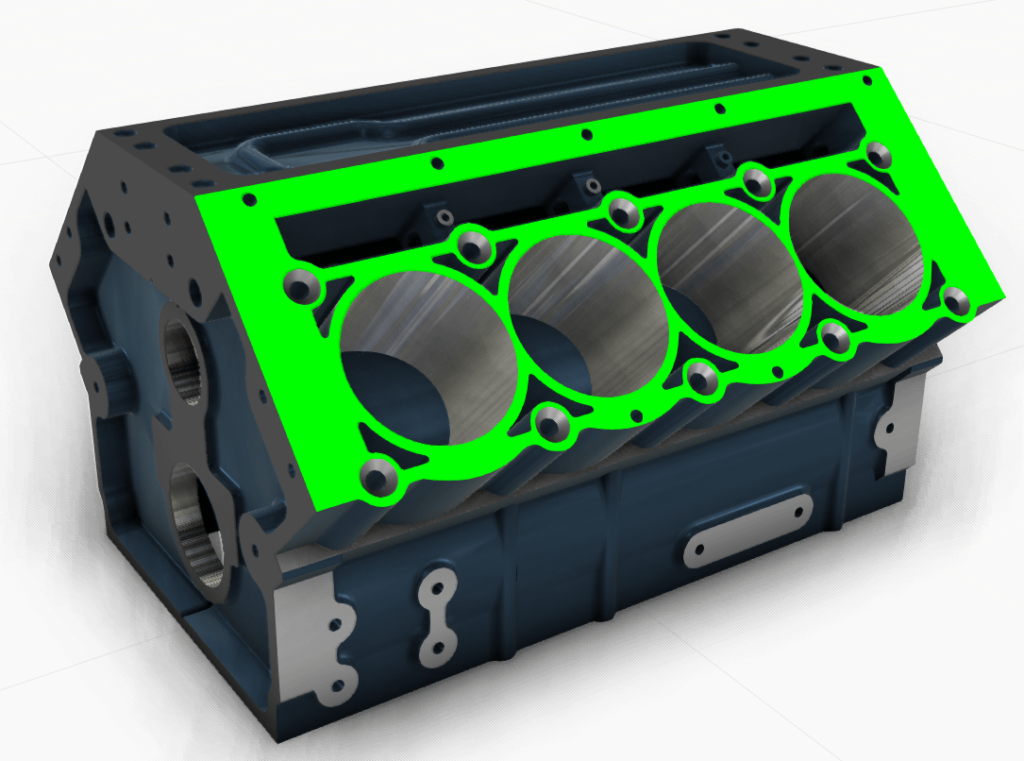
Visual Components software: ideal for industrial robotics programming
Visual Components Premium includes advanced features and capabilities for PHL , making it a fast, simple, and cost-effective solution for programming robots and planning new work cells.
Features like the Virtual Topology API and Curve Learner help simplify and accelerate robot path teaching.
The open architecture of Visual Components 4.0 makes it a very customizable and powerful platform on which to develop PHL solutions.
If you would like to see an example of our curves learning tool in action, watch this video:
The Visual Components platform is used to power PHL tools used in many areas of manufacturing . Discover the products developed by our partners PHL, Delfoi and Octopuz.
If you would like to learn how you can use Visual Components to design and validate a robotic cell you are considering, contact us to schedule a custom web demo.
